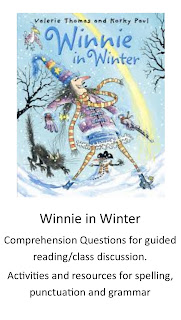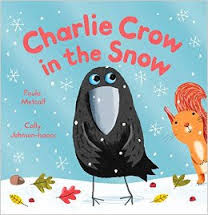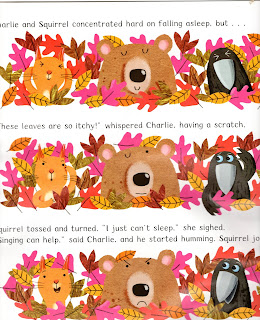This title is one from the Walker Book's Sprinters titles.These are Ideal for helping to build confidence in young children who are learning to read alone.
The storyline is simple to follow and is organised into manageable chapters which makes it ideal for those you have just become independent readers and are beginning to develop their stamina by reading short chapter books. It also contains a number of black and white illustrations which makes it a good transition book for those moving from picture books to more lengthy chapter books. There are also a number of items of vocabulary which most children in year 3 should be able to decode independently but they may not be familiar with in terms of comprehension. This makes it a particularly useful text for developing 'working out the meaning of words from the context'.
The story is told in the first person by the protagonist, Peter. The climax of the story is believable and is likely to appeal to boys as well as girls. There have been many similar stories recounted in the press and teachers could find some of these on the internet and use them to compare the story with one that has happened in real life.
Peter behaves like a real child, the school seems like a real school and the events aren't totally fantastical. This could make it easier for children to engage with, because it's not very different from their own lives. In addition to encouraging children in independent reading it could be used for inspiration in creative writing with students imagining what other things they might find in the school garden if they just dig deep enough.
The structure of the story is clear and as such makes a good text to use with children in years 2/3 who are beginning to analyse the books they read in terms of structure. Characterisation is developed through both speech and action and is done in a such a way that again children who are newly independent can nurture their skills of inference. Peter's thoughts and feelings do change throughout the book and this would be a good focus for study.
The climax of the story involves the emergency services and the media and would make a good stimulus for both drama and writing.
 |
| Comprehension and Reading Activities £2 |





























